Efforts are underway in Greece to diversify and promote aquaculture tourism to educate and shift public perceptions of fish farms
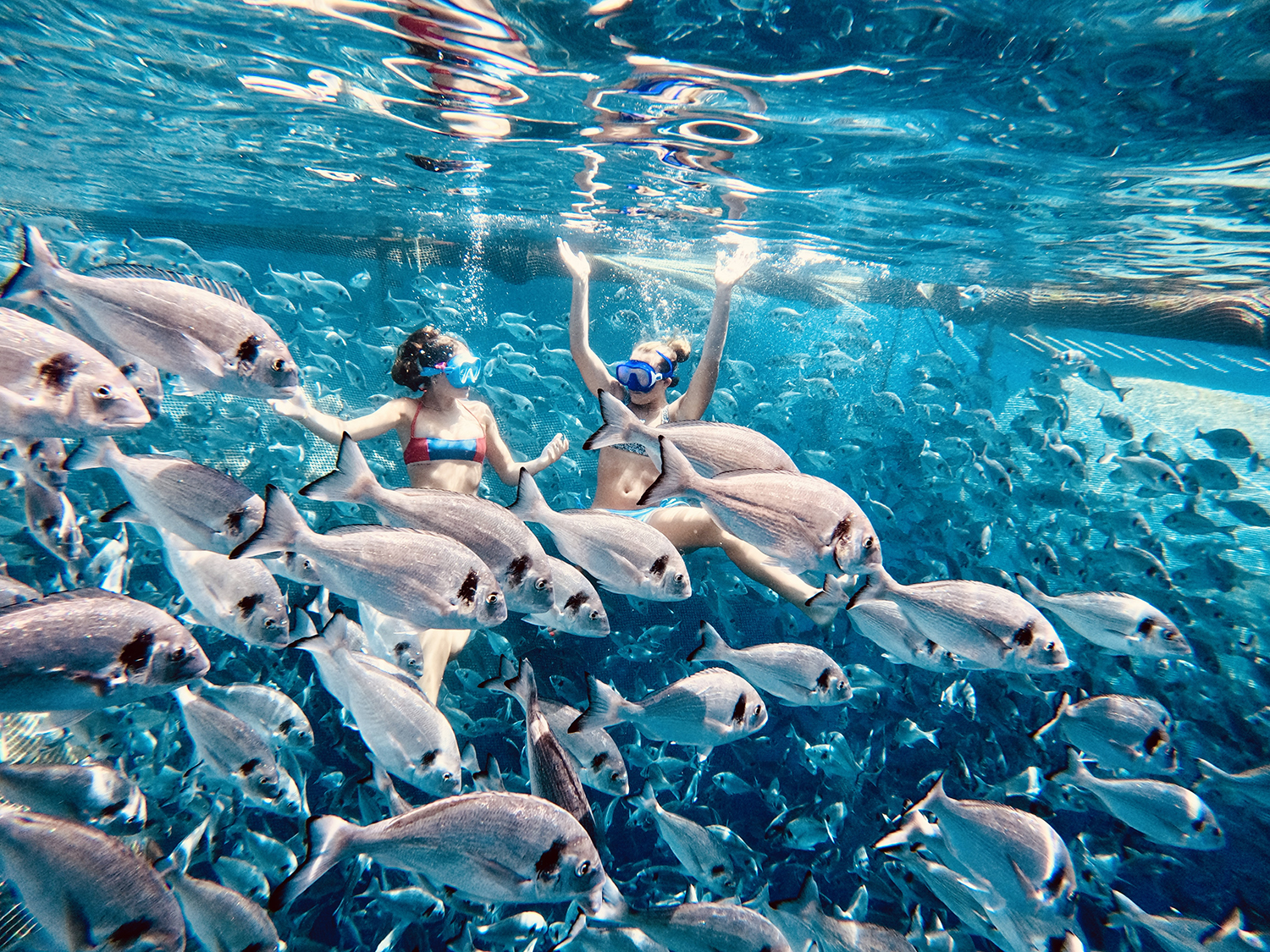
Aquaculture and tourism may seem like separate worlds, but in select locations the two industries can find common ground. In an era where environmental sustainability and experiential travel are trending, the seemingly disparate fields of aquaculture and tourism in Greece are blending for mutual benefit.
The blue economy, which encompasses the sustainable use of ocean resources for economic growth, improved livelihoods and jobs, is gaining traction. One of its key sectors is aquaculture, which can thrive in open water thanks to stable temperatures and strong currents that disperse nutrients and reduce environmental footprint.
Meanwhile, marine tourism thrives in similar spaces also helps to drive the blue economy. The ocean offers recreational opportunities like snorkeling and diving; the pleasure of fresh local seafood has immense value; and beaches and clear seas are critical in driving tourists’ choices and spending behavior. In a nutshell, aquaculture can enhance tourism, and tourism can create the demand for farmed seafood products.
A prime example of this alliance can be seen in the open water net pens of Greece, where 65 percent of fisheries production comes from aquaculture. On the island of Rhodes, a small village on the west coast called Kameiros Skala is bringing aquaculture and tourism together.
Visitors travel to the island Strongyli, where every year Lamar S.A. raises 300 tons of sea bass (Dicentrarchus labrax), red sea bream (Pagrus major), gilthead sea bream (Sparus aurata) and meagre (Argyrosomus regius) for local markets. Together with a local scuba diving center, Lamar S.A. offers educational talks – explanations about farming practices, the necessity to grow aquaculture in Europe, the relationship between aquaculture and the environment, biodiversity and environmental protection – and opportunities to snorkel, dive and spot species such as tuna, dolphins and seals around the farm. Visitors can also swim with sea bream in a designated net pen.
“Our farm indirectly creates a unique natural ecosystem with an abundance of living organisms, and we wanted to show this to people,” Savvas Chatzinikolaou, manager at Lamar S.A. told the Advocate. “We are now sharing information not only with tourists but also with research institutions and universities.”
“The farm’s conditions are very dynamic,” said Anastasios Baltadakis, aquaculture research and development consultant at Lamar S.A. “Strong currents and waves remove waste and organic matter, producing a natural dispersing mechanism and attracting different species of fish from all trophic levels. The west coast of Rhodes is also a Natura 2000 area. This means that it’s part of a network of protected areas in the EU. Human-induced disturbances are minimal, which also explains the rich biodiversity around our farm.”
With Europe looking to increase aquaculture production and promote the synergy between aquaculture and tourism through a multi-use concept, Lamar S.A.’s excursions are a good example of how two different sectors can work together and showcase the environmental benefits of fish farming. In addition to its excursions, Lamar S.A. works with the Hellenic Centre for Marine Research to gather data on water quality parameters around the farm. The data are incorporated into aquaculture management programs and shared for free with universities and research institutions. Parameters such as salinity, dissolved oxygen, temperature, turbidity and currents (speed and direction) are measured hourly, along with chlorophyll, phosphorus and nitrogen levels.
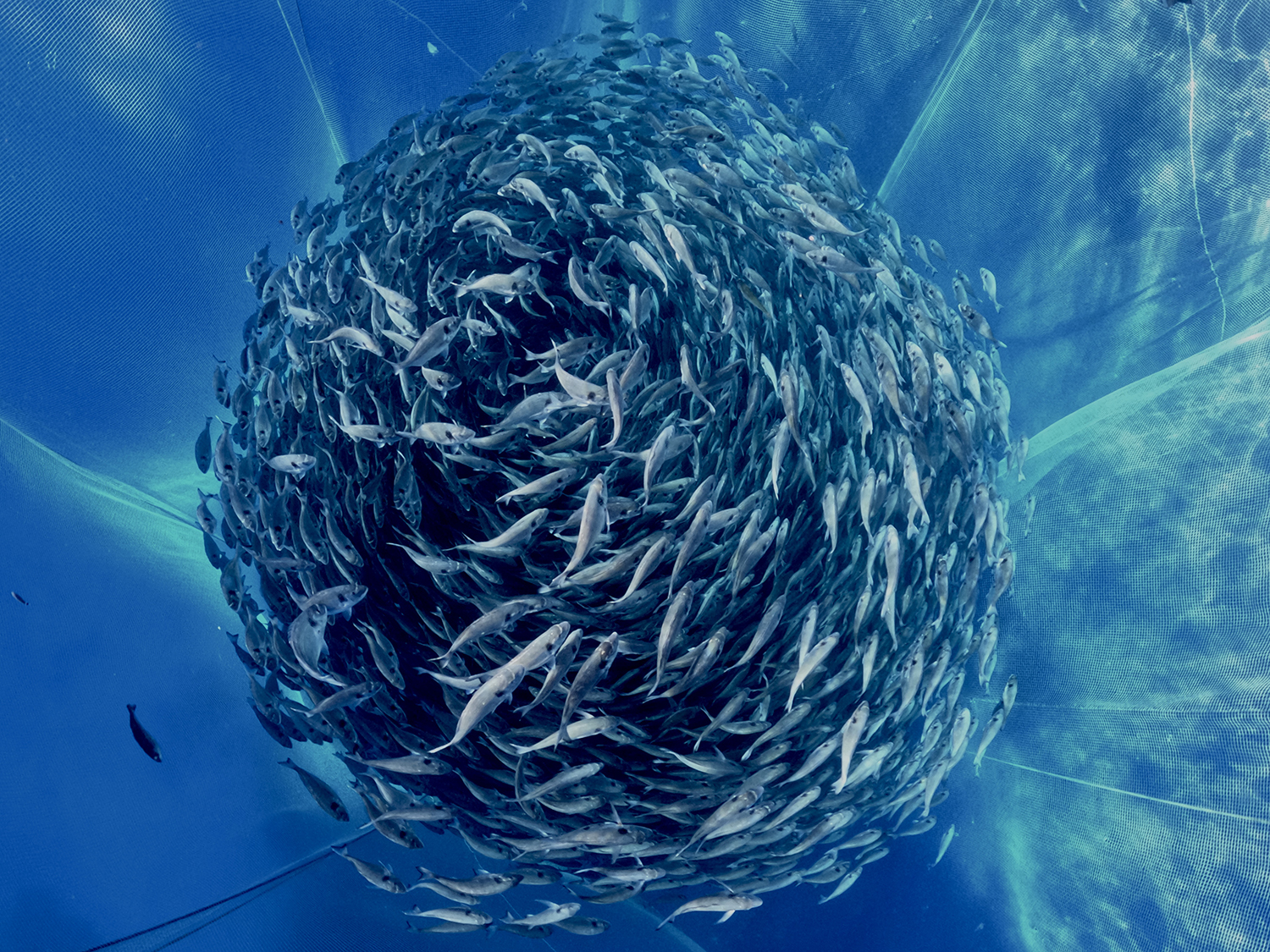
“Because we are small-scale, we must diversify to survive by providing services other than fish production,” said Baltadakis. “One service is the excursions. Another is accommodating student interns, offering them a better understanding of aquaculture through research. Thirdly, we share data on our farm and general marine area with universities. By offering several services, not only are we looking after our own fish production but we are also contributing to aquaculture and the marine environment as a whole. I like to describe this as a shining example of sustainability in the region. We can contribute to different fields and align with the EU’s blue growth strategy. We hope to set the blueprint for other small-scale fish farms to follow.”
Greece is also home to Kastelorizo Aquaculture S.A., which farms sea bass and sea bream near the islet of Patroklos in the Saronic Gulf. The farm works with a dive center to bring divers to the area while monitoring environmental parameters to preserve the area’s natural beauty and show that aquaculture and tourism can co-exist. A monitoring and management platform is provided by Greek telecommunications firm Wings ICT Solutions. The platform includes cameras and sensors that can help to optimize farming conditions, ensure the well-being of fish and mitigate potential risks.
“This type of multi-use between aquaculture and tourism can address negative perceptions of aquaculture by showcasing its benefits and create a positive association,” said Evangelia Lamprakopoulou at Wings ICT Solutions. “It also allows for cost minimization because equipment like ROVs and diving gear can be shared, while collaborative advertising efforts and shared costs can contribute to business development and cost optimization. It may also enhance culinary experiences and promote the consumption of farmed seafood.”
Tundi Agardy, executive director of marine conservation policy group Sound Seas in Washington D.C., agrees that exposing people to production systems like aquaculture instills in them a better understanding of where their food comes from. Tourism can also increase demand for a particular product, with higher profit margins, she said, while food for tourists that might be sourced from local fish farms can be fresher, have less environmental cost and support local livelihoods.
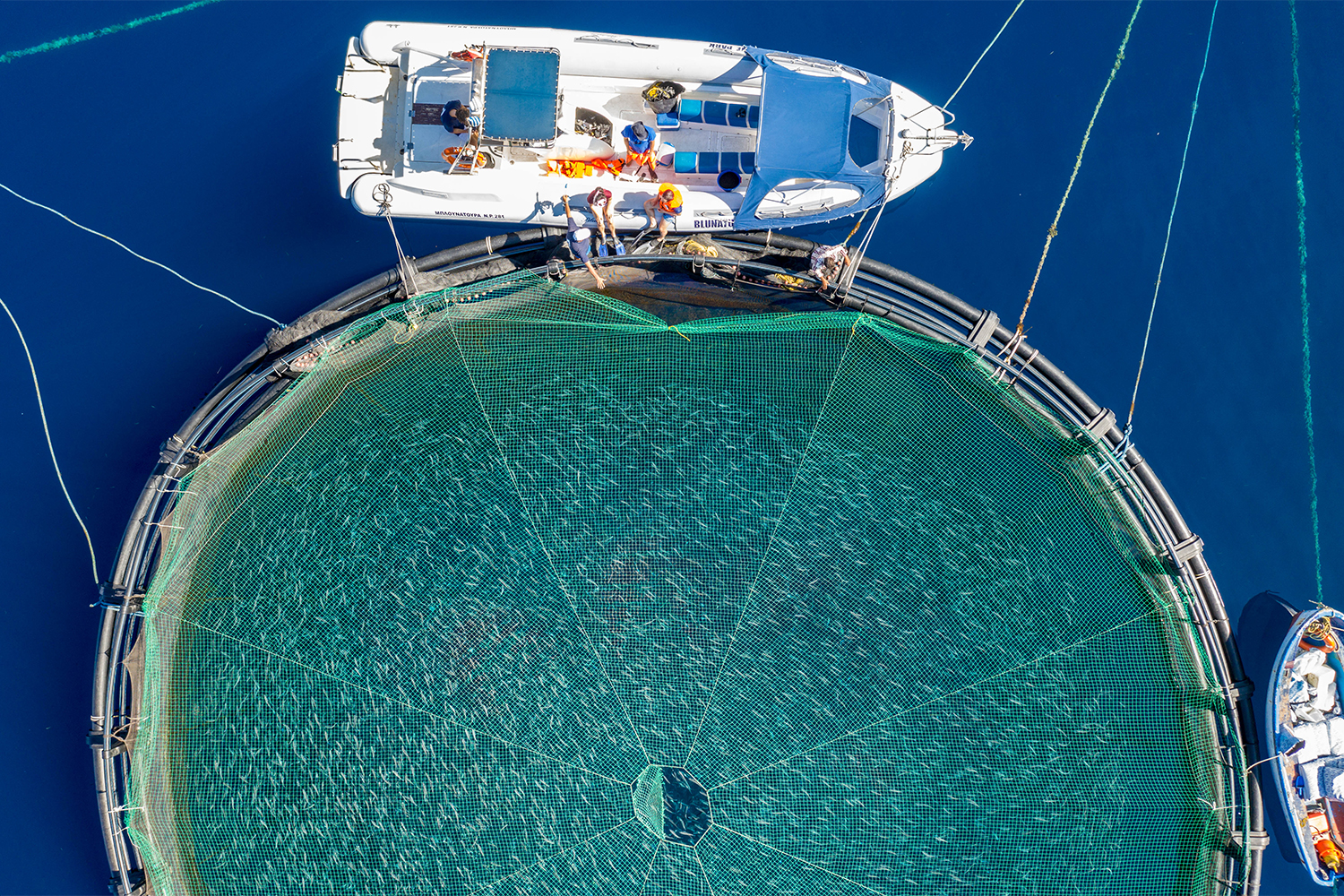
“Tours of the Punta Allen spiny lobster fishery in Mexico help promote the product in nearby resorts and enable it to be sold at a premium,” she said. “This is an example of a fishery, but I can imagine the same being true for small aquaculture operations that supply fish and other seafood to nearby tourist resorts. Excursions to fish farms can educate people on food production and be a form of marketing for aquaculture.”
Former participants of Lamar S.A’s excursions see the combination of aquaculture and tourism in a positive light. Professor Tohsei Ishimoto works at the Faculty of Tourism and Communities Development at Kokugakuin University in Yokohama and Tokyo, Japan. He was touched by the opportunity to learn about aquaculture and see up close a unique marine ecosystem.
“Educational tourism like this significantly enhances awareness of aquaculture and changes perspectives of the ocean and the resources it provides,” he said.
Back on Rhodes, Chatzinikolaou and Baltadakis are aiming to turn their farm into a Marine Protected Area (MPA). This can provide ecological benefits and drive the sustainable development of aquaculture and tourism, enabling them to grow together, they said, while the increasing recognition of MPAs in protecting biodiversity and sustaining livelihoods must not be overlooked.
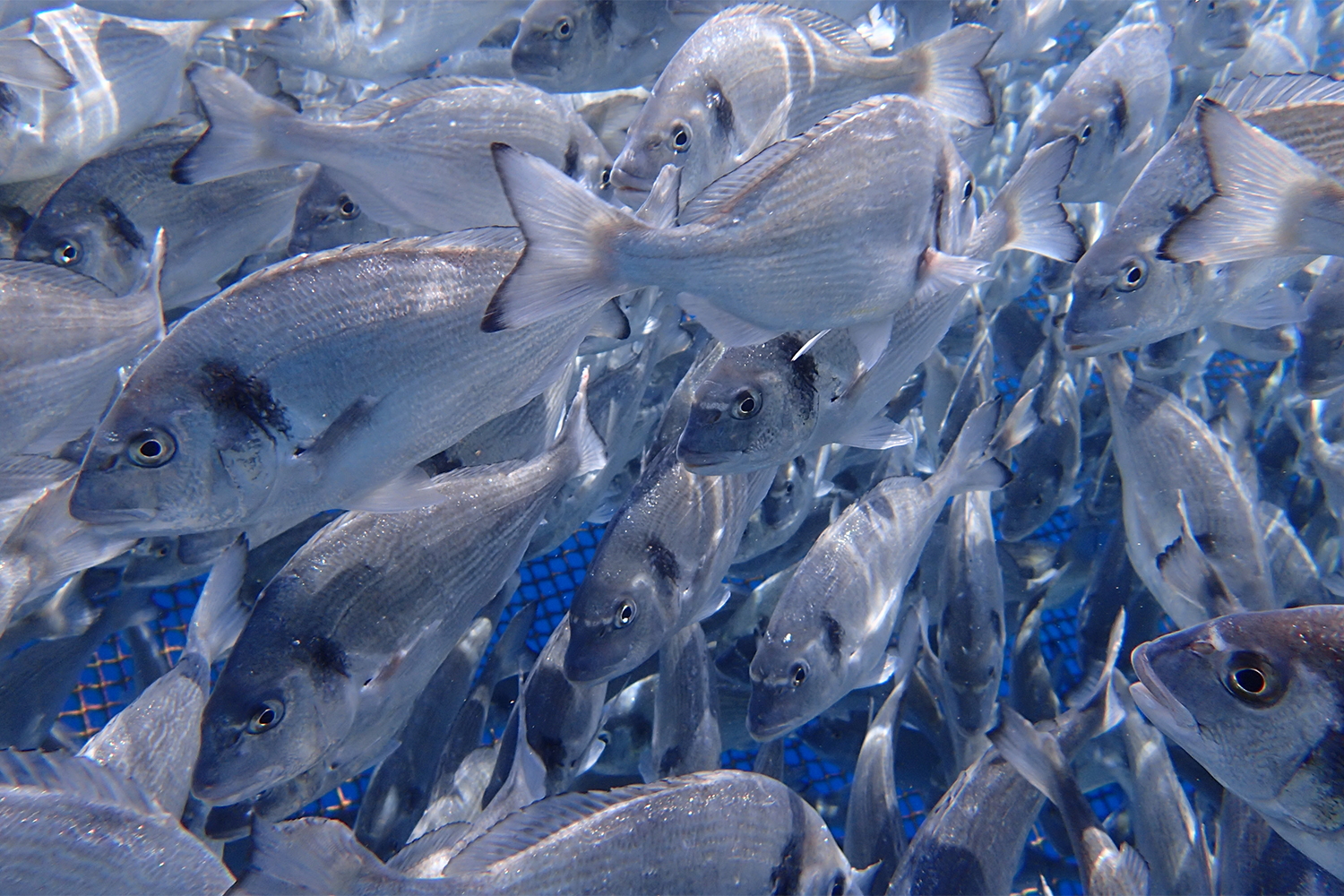
“We will need to scientifically prove the aggregation of biomass around our farm and showcase the so-called spillover effect in which fish and other marine life aggregate and reproduce in a protected area before moving elsewhere, indirectly strengthening fisheries,” said Baltadakis. “We can illustrate this with data from our farm. We will also need to work with local stakeholders and communicate our message. It’s an effort that requires everybody to get involved, and we are willing to take the initiative and share our data and future studies for better decision-making. Furthermore, issues such as animal welfare are increasingly important for consumers, and a fish farm that is part of an MPA and open to tourists can really highlight aquaculture’s positive effects.”
Agardy agrees that combining aquaculture and tourism adds value and leads to other important steps like MPAs as well as better farm management, best practices for coastal management and the adoption of ecosystem approaches. All can create a better investment climate and a stronger base for economic development.
“The trick is to be sure that the aquaculture operator really wants to showcase their operation, and it is important that local community workers be on board,” said Agardy. “Publicity and getting stories into media are key to the development of initiatives like the excursions in Rhodes. The more examples there are, the more both tourism operators and farmers will be encouraged to come together.”
“Tourism generates additional income for aquaculture, encouraging investment and leading to improved production capacity and economic viability,” said Lamprakopoulou. “We are likely to see more examples of this, not just in Greece but also in other regions globally.”
As his next step forward, Baltadakis is aiming to explore the multi-use concept and how aquaculture and tourism play a role in MPAs or other area-based conservation measures. The ultimate goal is to demonstrate the benefits of multi-use for Rhodes as a whole.
“Areas like co-existence or marine spatial planning require multiple disciplines from social and environmental studies to aquaculture and our farm has much to offer,” he said. “We have the financial and human capital to be at the forefront.”
Now that you've reached the end of the article ...
… please consider supporting GSA’s mission to advance responsible seafood practices through education, advocacy and third-party assurances. The Advocate aims to document the evolution of responsible seafood practices and share the expansive knowledge of our vast network of contributors.
By becoming a Global Seafood Alliance member, you’re ensuring that all of the pre-competitive work we do through member benefits, resources and events can continue. Individual membership costs just $50 a year.
Not a GSA member? Join us.
Author
-
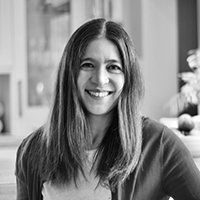
Bonnie Waycott
Correspondent Bonnie Waycott became interested in marine life after learning to snorkel on the Sea of Japan coast near her mother’s hometown. She specializes in aquaculture and fisheries with a particular focus on Japan, and has a keen interest in Tohoku’s aquaculture recovery following the 2011 Great East Japan Earthquake and Tsunami.
Related Posts
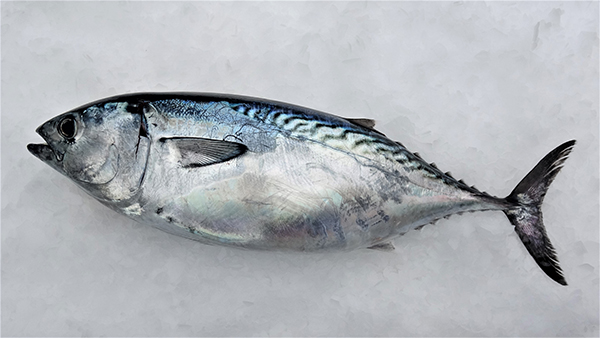
Intelligence
Artificial intelligence is taking fish farming (and sushi) in Japan to greater heights
From artificial intelligence to remotely operated vehicles, new technologies offer Japanese aquaculture improved efficiency and insights into fish farming.
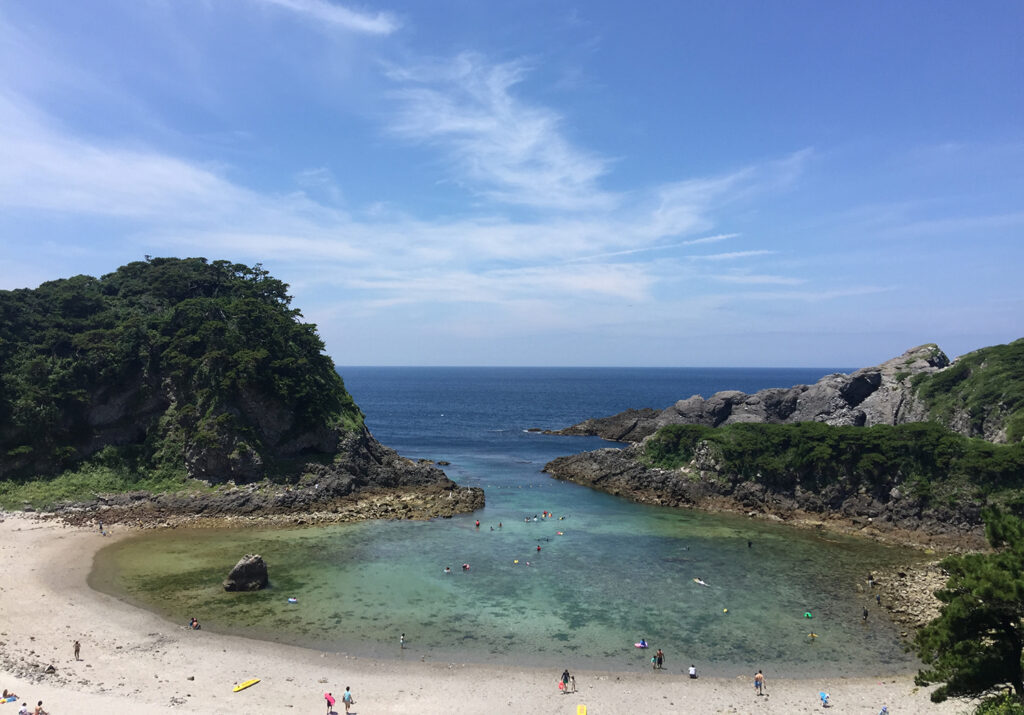
Responsibility
Is a Japanese volcano offering us a sneak preview of ocean acidification?
Shikinejima is a scenic getaway for tourists but the seas surrounding its volcano offer a glimpse of how the ocean could behave in the future.
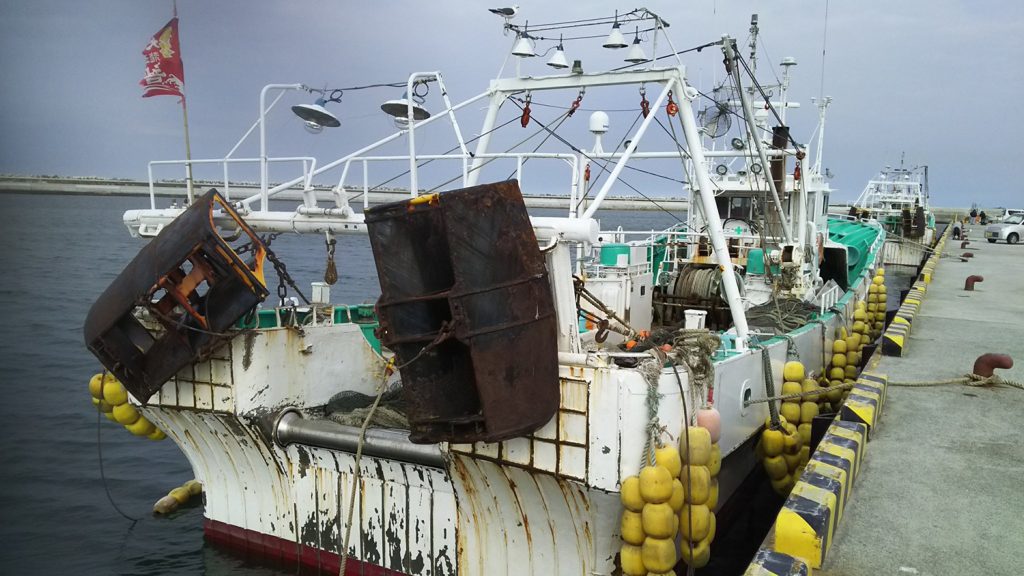
Fisheries
‘It’s been done for decades’ – How the upcoming Fukushima water release could impact Japan’s fishing industry
In Japan, discussions continue and concerns grow as authorities prepare for the Fukushima water release into the Pacific Ocean.
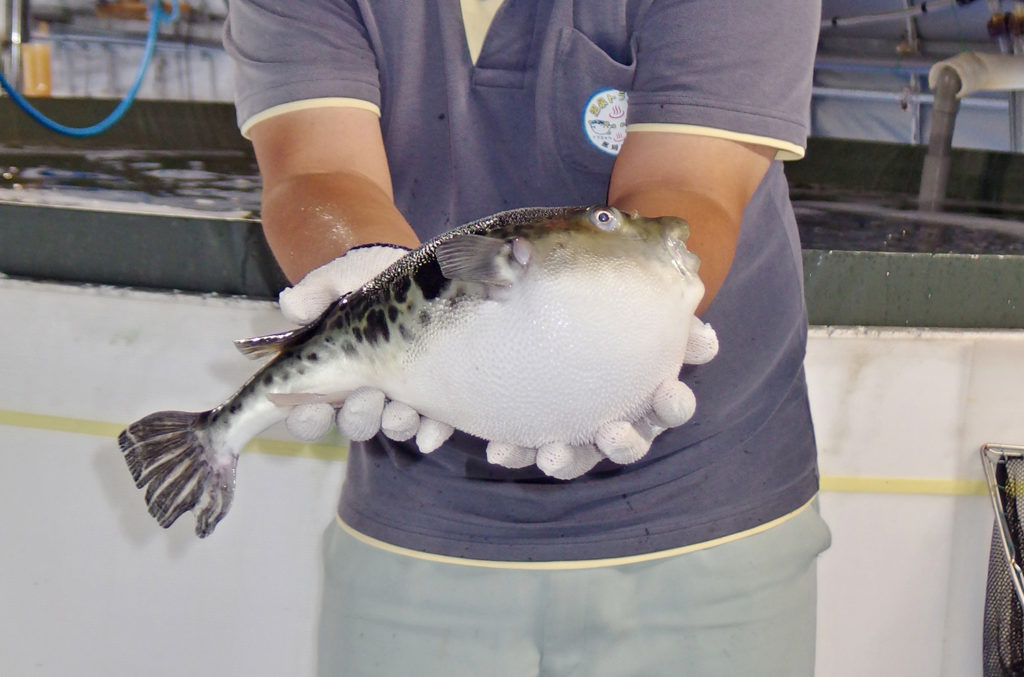
Intelligence
In Japan, tiger puffers find themselves in hot water
A technique to farm tiger puffers in hot spring water was invented to revitalize the town of Nasu-karasuyama and is now spreading to other areas of Japan.


